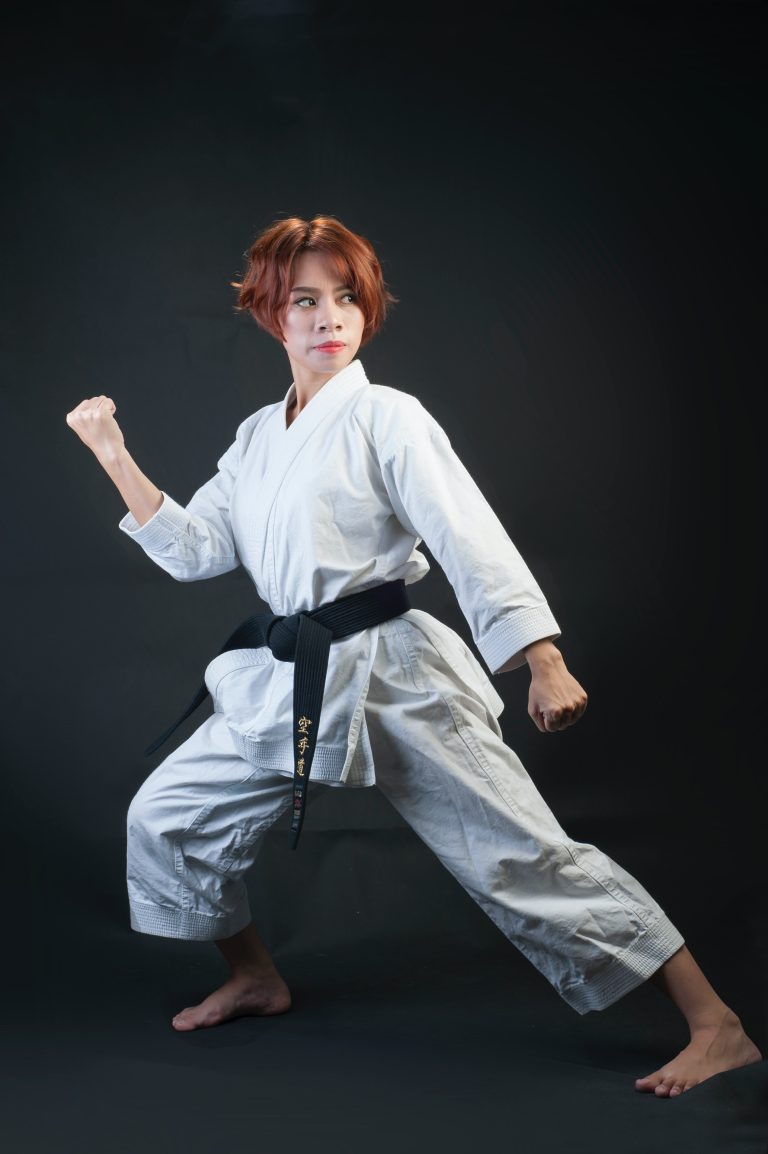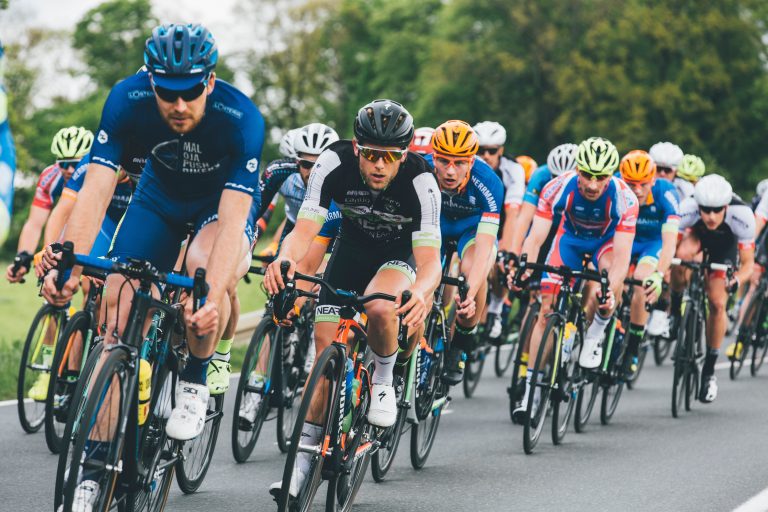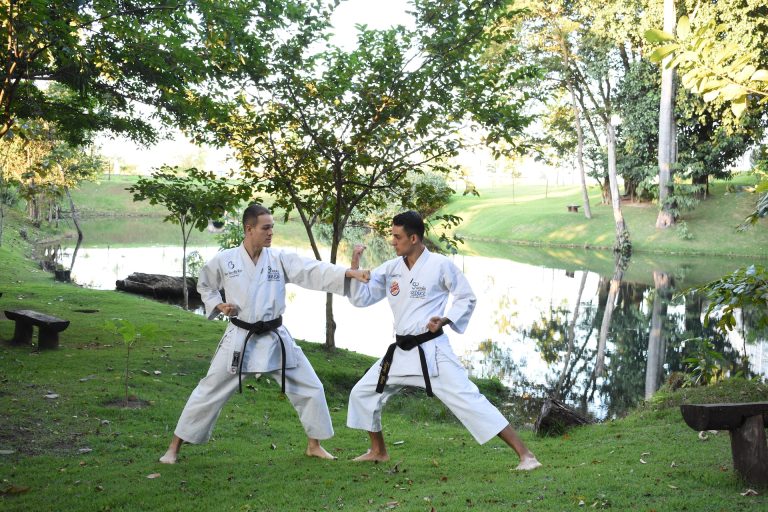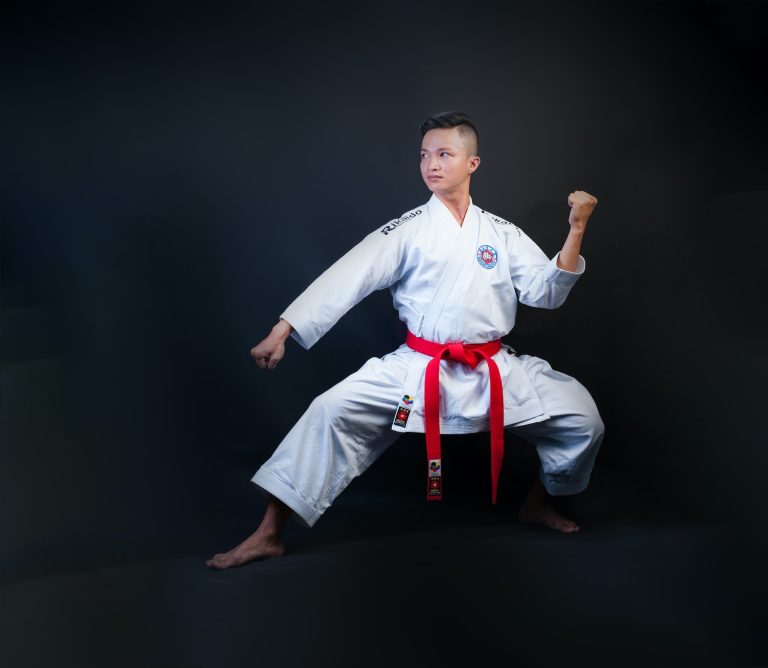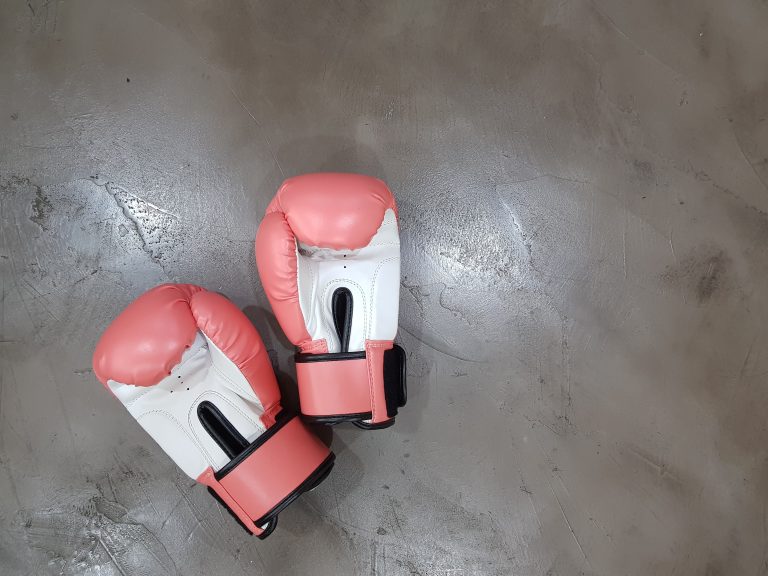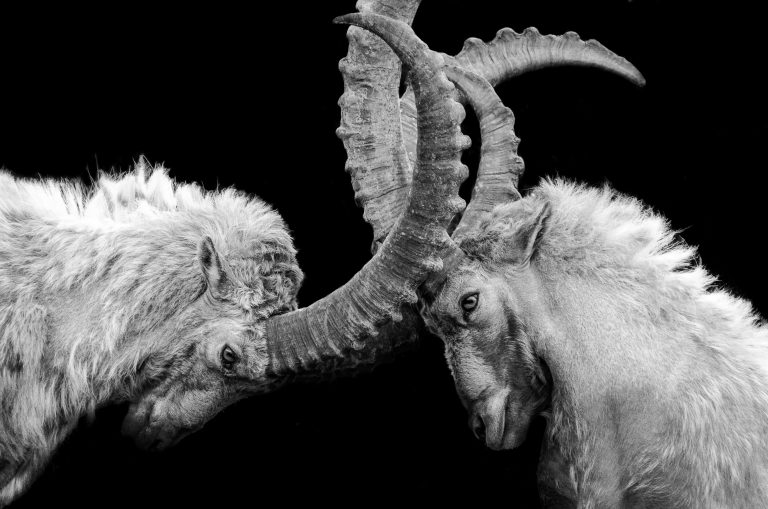Shotokan-Karate-Kata Jion: Eine detaillierte Einführung
Shotokan-Karate ist eine japanische Kampfkunst, die weltweit sehr populär ist. Wie die meisten traditionellen Karate-Stile, basiert auch Shotokan Karate auf Kata – Abfolgen von Bewegungen, die dazu dienen, die Körperbeherrschung, Technik und Geschwindigkeit zu verbessern.
Eines der bekanntesten Kata im Shotokan-Karate ist Jion. Diese Kata ist besonders anspruchsvoll, da sie schnelle und kraftvolle Bewegungen erfordert, und auch einige fortgeschrittene Techniken enthält. In diesem Artikel wollen wir uns Jion genauer ansehen und erklären, was diese Kata so einzigartig und wichtig macht.
Ursprung von Jion Kata
Jion ist eine sehr alte Kata, und ihr Ursprung ist nicht genau bekannt. Es wird jedoch angenommen, dass sie aus China stammt, und ursprünglich den Namen “Jiin” hatte.
In den 1920er Jahren wurde die Kata nach Japan gebracht und vom Karate-Meister Gichin Funakoshi in die Shotokan-Form umgewandelt. Funakoshi nannte die Kata Jion, was “Mitgefühl oder Barmherzigkeit” bedeutet. Der Name spiegelt das Ziel der Kata wider, den Praktizierenden zu lehren, Mitgefühl und Barmherzigkeit in seiner Haltung und Technik zum Ausdruck zu bringen.
Beschreibung der Kata Jion
Jion besteht aus 47 Bewegungen und hat eine sehr komplexe Struktur. Sie wird in der Regel von fortgeschrittenen Karateka geübt, die den Schülergrad 2. Kyu oder höher haben. Die Kata wird alleine ausgeführt und umfasst eine Vielzahl von Techniken, darunter Schläge, Blocks, Tritte und Drehungen.
Die Kata beginnt mit einem langsamen und kontrollierten Bewegungsmuster, das sich im Verlauf der Kata jedoch immer schneller und dynamischer wird. Einige der herausfordernden Techniken der Kata sind die “Empi-Uchi” (Ellbogenstoß), die “Nukite” (Fingerstiche) und die “Mikazukigeri” (Halbmondtritt).
Wie bei allen Kata im Karate, ist auch Jion eine Kombination aus Angriff und Verteidigung. Dabei wird der Körper auf eine Art und Weise bewegt, die Geschwindigkeit und Präzision der Bewegungen fördert und insgesamt zu einer Verbesserung der Körperbeherrschung und der Technik beiträgt.
Warum ist Jion so wichtig im Shotokan-Karate?
Jion ist eine Kata, die dazu beiträgt, die körperliche Fitness und die Fähigkeit zu verbessern, schnelle und kraftvolle Bewegungen auszuführen. Sie fördert auch die Konzentration und Achtsamkeit, da sie hohe Anforderungen an die körperliche Koordination und Technik stellt.
Darüber hinaus vermittelt die Kata auch wichtige ethische Prinzipien des Karate: Mitgefühl und Barmherzigkeit. Durch die konsequente Übung von Jion sollen Karateka lernen, ihre innere Stärke und Entschlossenheit zum Ausdruck zu bringen, ohne dabei Gewalt oder Aggressivität gegenüber anderen Menschen zu zeigen.
Fazit
Jion ist eine anspruchsvolle und wichtige Kata im Shotokan-Karate, die die körperliche Fitness, Technik und Ethik fördert. Ihr Ursprung und ihre Bedeutung machen sie zu einem wichtigen Element des Shotokan-Karate-Trainings. Für Karateka, die ihre Fähigkeiten auf eine höhere Ebene bringen möchten, ist das regelmäßige Training von Jion unerlässlich.
Frequently Asked Questions About Shotokan-Karate-Kata Jion: A Detailed Introduction
If you’re new to Shotokan-Karate-Kata Jion, or even if you’re not, you might have some questions about this popular martial arts discipline. To help get you started, we’ve put together a list of frequently asked questions about Shotokan-Karate-Kata Jion to help you better understand and appreciate this ancient art form.
1. What is Shotokan-Karate-Kata Jion?
Shotokan-Karate-Kata Jion is a traditional Japanese martial art that emphasizes discipline, respect, and humility. It’s a style of karate that was developed in the early 20th century by the legendary karate master, Gichin Funakoshi. Shotokan is known for its deep stances, sharp movements, and powerful strikes, along with a focus on katas, which are choreographed sequences of movements that simulate fighting opponents.
Jion is one of the 26 katas studied in Shotokan-Karate, and it’s known for its dynamic and intricate movements that require both strength and flexibility. It’s a challenging kata that requires focus, precision, and timing to execute properly.
2. What are the benefits of Shotokan-Karate-Kata Jion?
Like other forms of martial arts, practicing Shotokan-Karate-Kata Jion has several benefits for both the body and mind. Here are some of the most notable benefits you can expect to experience:
- Improved physical fitness: Shotokan-Karate-Kata Jion is a high-intensity, full-body workout that can help you build strength, endurance, and flexibility.
- Enhanced self-defense skills: By practicing Shotokan-Karate-Kata Jion, you’ll learn effective techniques for defending yourself in a variety of situations.
- Greater self-confidence: Through consistent practice, you’ll develop a stronger sense of self-confidence and self-esteem, which can improve your overall quality of life.
- Better focus and discipline: Shotokan-Karate-Kata Jion requires intense concentration and discipline, which can help improve your ability to focus on tasks and achieve goals.
- Reduced stress and anxiety: The physical and mental demands of Shotokan-Karate-Kata Jion can help reduce stress and anxiety levels, promoting overall well-being and mental health.
3. How long does it take to master Shotokan-Karate-Kata Jion?
There is no set timeline for mastering Shotokan-Karate-Kata Jion, as the process can vary depending on the individual’s dedication, training frequency, and natural ability. Generally, it can take several years of consistent practice to develop a high level of proficiency in this martial arts discipline.
4. Is Shotokan-Karate-Kata Jion suitable for beginners?
Yes, Shotokan-Karate-Kata Jion is suitable for beginners, as well as experienced practitioners. However, it’s important to work with a qualified instructor who can guide you through the fundamentals of the discipline and ensure that you’re performing movements safely and correctly.
5. What equipment is necessary for practicing Shotokan-Karate-Kata Jion?
To practice Shotokan-Karate-Kata Jion, you’ll need a few basic pieces of equipment, including a karate uniform (called a gi), a belt (to signify your rank), and protective gear such as gloves and shin guards. Some martial arts schools may also require students to wear mouthguards or headgear for sparring practice.
6. Can Shotokan-Karate-Kata Jion be practiced by people of all ages and abilities?
Yes, Shotokan-Karate-Kata Jion can be practiced by people of all ages and abilities. However, it’s important to work within your own physical limitations and adjust your practice accordingly. Beginners and older practitioners may want to start with less intense movements and gradually build up to more challenging ones for safety and injury prevention.
7. How can I find a qualified Shotokan-Karate-Kata Jion instructor?
To find a qualified Shotokan-Karate-Kata Jion instructor, you can search online for local martial arts schools or dojos in your area. Be sure to research the school or instructor’s credentials and experience, and consider attending a class or two to see if the teaching style and environment are a good fit for you.
8. Are there any safety precautions to keep in mind when practicing Shotokan-Karate-Kata Jion?
Like any physical activity, there are risks associated with practicing Shotokan-Karate-Kata Jion. To minimize the risk of injury, it’s important to follow these safety precautions:
- Warm up properly before training.
- Start with lower intensity movements and gradually work your way up to more challenging ones.
- Work with a qualified instructor who can guide you through the movements and ensure that you’re performing them safely and correctly.
- Wear appropriate protective gear during sparring or other high-intensity training exercises.
- Listen to your body and don’t push yourself beyond your limits.
Conclusion
Shotokan-Karate-Kata Jion is a fascinating and challenging martial arts discipline that offers a wide range of physical and mental benefits for practitioners of all ages and abilities. By understanding the fundamentals of this discipline and working with a qualified instructor, you can develop skills and techniques that can help you improve your fitness, self-confidence, focus, and overall quality of life.
Inhaltsverzeichnis

